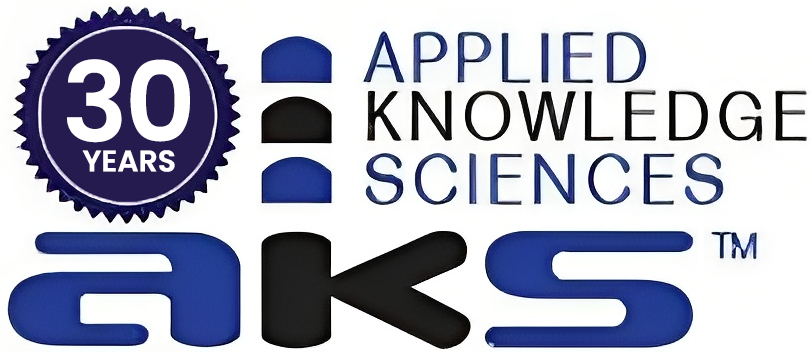
Do you know where your weak signals are hiding?
If so, how quickly/easily can you access them, analyze them, and understand their meaning and intent? Most of all, how quickly, effectively, and confidently can you determine, decide, and take appropriate action?
Given the increased negative media exposure that comes from project failure, organizations need more tightly integrated, intelligent project management systems, along with the ability to draw upon people having the requisite skills, knowledge, and experience. This need will grow as systems continue to expand in size and complexity, and timelines become more tightly compressed. Next-generation project management systems using human and machine intelligence provide cost savings through error reduction, improved resource allocation, and better human capital management, all of which result in less re-work. Best of all, they proactively help identify potential “blind spots,” preventing project stakeholders from saying, after it’s too late: “How did we miss that?”
Given the increased negative media exposure that comes from project failure, organizations need more tightly integrated, intelligent project management systems, along with the ability to draw upon people having the requisite skills, knowledge, and experience. This need will grow as systems continue to expand in size and complexity, and timelines become more tightly compressed. Next-generation project management systems using human and machine intelligence provide cost savings through error reduction, improved resource allocation, and better human capital management, all of which result in less re-work. Best of all, they proactively help identify potential “blind spots,” preventing project stakeholders from saying, after it’s too late: “How did we miss that?”
Project Intelligence
Traditional project management tends to be rear-view mirror-oriented. Large volumes of data are often filtered, summarized, and delayed, with little insight into the many micro-events at the activity level which collectively impact overall performance. As such, critical alerts are often generated far downstream from root causes and conditions (see figure below). Problems which could be quickly and easily addressed are allowed to grow, sometimes until it’s too late. This is significant, as correcting errors and re-work can reach up to 60% or more of the total life cycle cost of a project.

Information critical to decision-making is often filtered, delayed, or even lost
For this reason, organizations are turning to AI and machine learning. However, these technologies alone rarely provide sufficient insight into the underlying causes and conditions which give rise to both problems and opportunities.
What is project intelligence?
Project intelligence systems combine human and machine intelligence in ways that result in more efficient and effective problem identification, prevention, and resolution. Such systems use text analytics to: 1) detect weak signals present in project discourse (especially at the working level) which point to potentially serious problems downstream (as well as opportunities); 2) link those weak signals to historical data, lessons-learned, and other knowledge in order to generate recommended courses of action.
When it comes to successful project execution, you can't depend entirely on AI alone any more than you can depend on humans alone. Rather, you should be aiming to achieve a harmonious balance between the two, as illustrated in the figure below. Humans and machines each have unique attributes. With technologies such as machine learning and natural language processing, you can create a virtuous cycle in which humans teach machines and machines teach humans. This results in better overall performance than neither can achieve alone.

Combined human and machine analysis of project data results in improved decision-making and execution
Keep in mind that the machines will likely find things that the humans will miss, while the human experts will apply intuition and judgment both to their own observations of the project as well as the output of the machine analysis. This important ingredient, known as sense-making—trying to make sense out of what is going on in the project and what the machines and experts have determined—is something only humans can do (see the middle of the figure above). This ultimately leads to not only recommending a more credible and reliable course of action, but also providing valuable feedback to the human experts, reinforcing what they’re doing right and helping them to correct anything which caused them to overlook what the machines discovered. This same feedback process is applied on the machine side in order to refine the algorithms, taking into account whatever subtleties the experts use and applying that process more efficiently and effectively across a growing volume of data.
Finally, a sound governance model assists in clearly defining and managing this process, along with the roles and responsibilities of the various agents (human and machine), ensuring more uniform and consistent application.
In tests we've conducted, dozens of weak signals were identified, along with hidden connections as well as critical elements that were missing.
In tests we've conducted, dozens of weak signals were identified, along with hidden connections as well as critical elements that were missing.
Three ways to get started...
Additional reading
Contact us
Surely you have questions...ask away!
Subscribe
Coming soon - access to our entire body of knowledge on knowledge governance, as well as building and curating eBodies of Knowledge...
